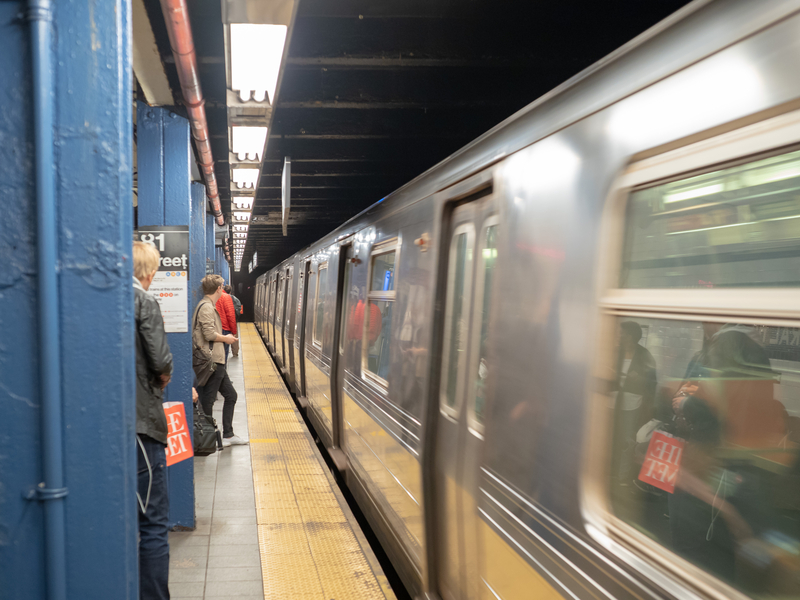
The US Centers for Disease Control and Prevention (CDC) has issued guidance to mass transit administrators to help get services moving again.
It contains advice on passenger and staff safety - underpinned by the need to create a gap "of at least six feet between all occupants to the extent possible” - and suggests a three-step approach:
• Step 1: Restrict ridership to essential critical infrastructure workers
• Step 2: Maintain social distancing between transit riders and employees as much as possible
• Step 3: Encourage social distancing as much as possible
On heading back to full service, agencies should take a lead from state and local health officials "to determine current mitigation levels in the communities served".
It adds: "Decisions about how and when to resume full service should be based on these levels."
Routes should be adjusted between areas experiencing different levels of transmission "to the extent possible" while getting staff from harder-hit areas to work remotely as much as they can.
Suggestions include asking bus passengers to enter and exit the bus through rear doors; closing every other row of seats; reducing maximum occupancy of buses and individual subway and train cars and increasing service on crowded routes as appropriate.
CDC says transit agencies should use measures such as "floor decals, coloured tape or signs to indicate where passengers should not sit or stand" in vehicles and at stops.
Physical barriers, such as sneeze guards and partitions at staffed kiosks and on transit vehicles should be provided "to the extent practicable".
When it comes to getting services up and running, CDC suggests coordinating with health officials and insists: "Be prepared to consider adjusting services as appropriate if the community mitigation level increases in the local area."
Above all, staff and the public should be kept informed about decisions, it concludes.








![The app will feature local public transit information (© Via) Via’s app will feature local public transit information [Credit (Via)]](/sites/its/files/2020-11/Via%E2%80%99s%20app%20will%20feature%20local%20public%20transit%20information%20%5BCredit%20Andy%20Ambrosius%20%28Via%29%5D.jpg)



